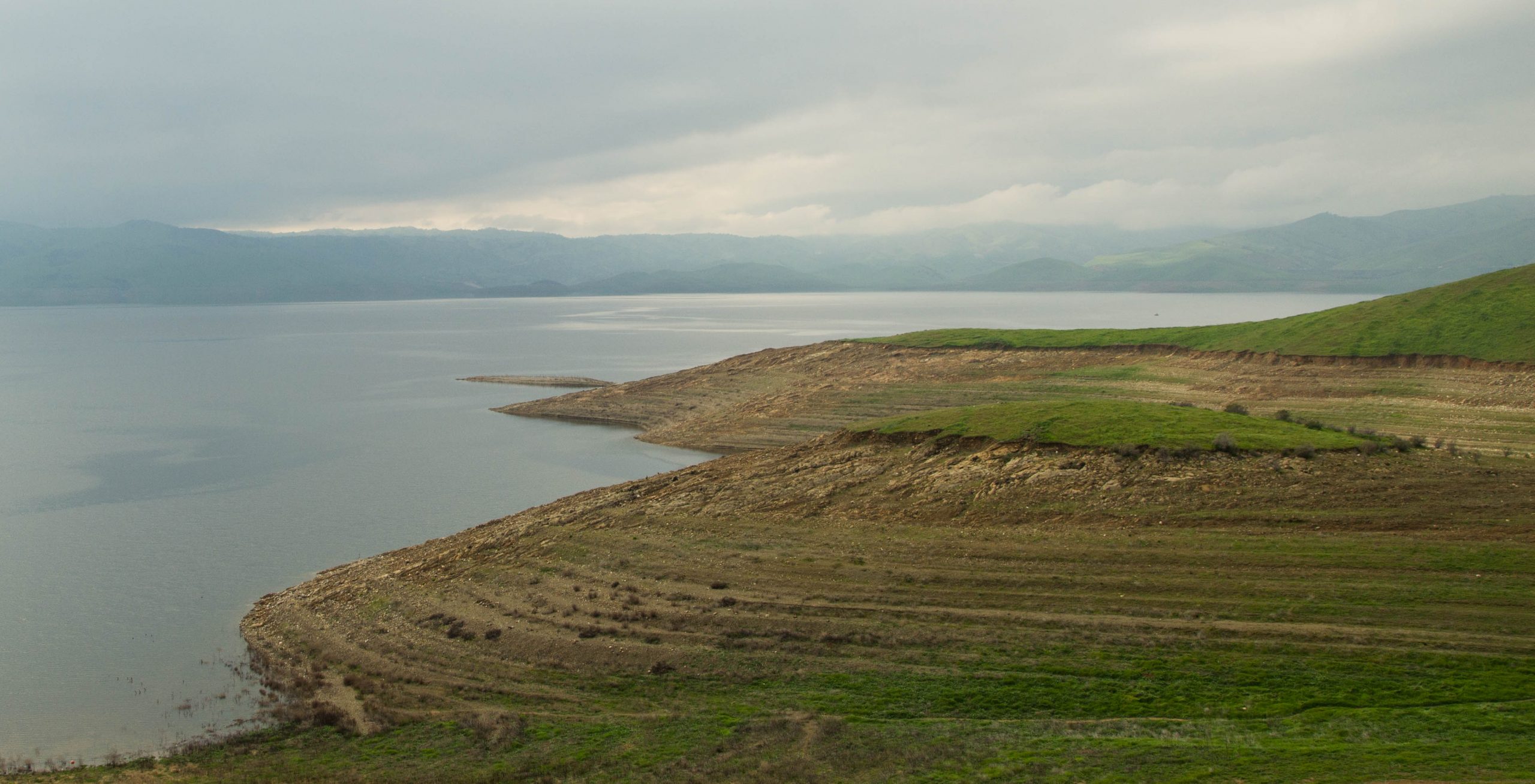By Dan Brekke, The California Report
Update, Feb. 9, 2015: As expected, the big rains that have fallen in the northern half of California have boosted storage at the state’s principal reservoirs. So now we are confronted with a glass half-full/half-empty proposition when we appraise how they are looking.
Case in point: The federal Central Valley Project’s Shasta Lake, the state’s biggest reservoir, which has risen to almost precisely 50 percent capacity as of Monday. About 9.5 inches of rain have fallen at Shasta Dam in the past week, typical of the heavy precipitation that’s fallen in the 6,700-square-mile watershed that feeds the lake. That is dumped about 220,000 acre-feet of water into the reservoir since the first of the month and lifted it to 71 percent of normal for this time of year, up from 52 percent in mid-December.
Read the complete story at The California Report.










